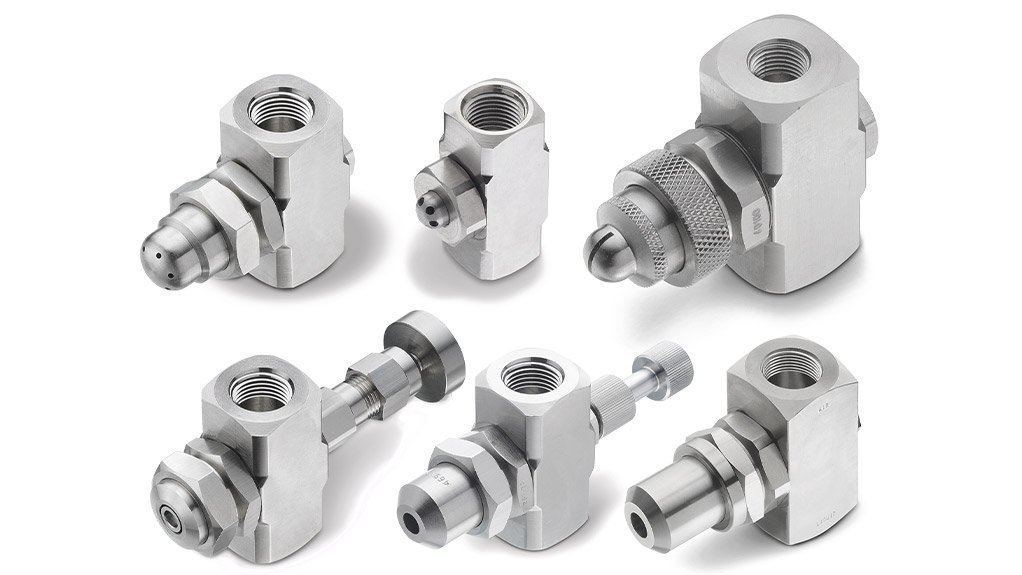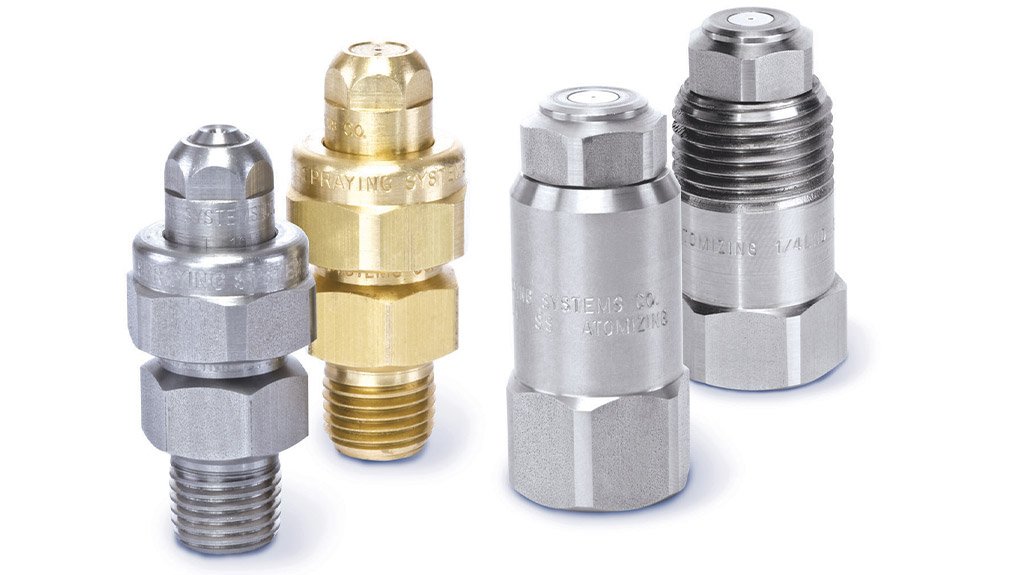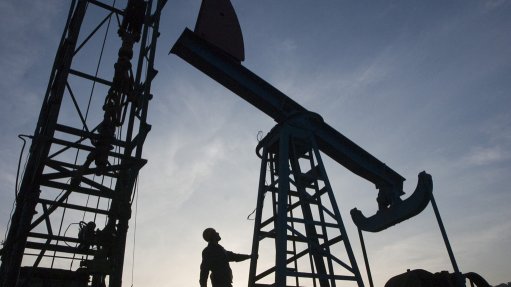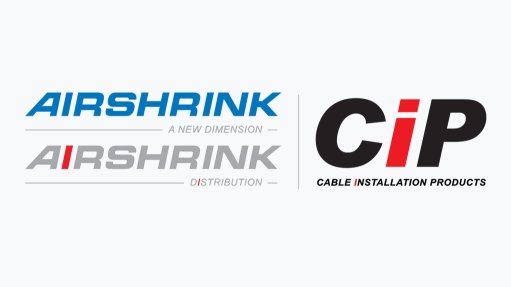Hydraulic misting nozzles for Dust Suppression
When it comes to dust suppression, both hydraulic atomizing nozzles and air atomizing nozzles can be utilized. Let's compare the two in the context of dust suppression applications:
Hydraulic Atomizing Nozzles:
- Operation: Hydraulic atomizing nozzles use high-pressure water as the atomizing medium. The water is typically supplied through a pump or pressurized water line. The nozzle design and internal configuration create a high-velocity spray pattern that effectively suppresses dust particles.
- Droplet Size: Hydraulic atomizing nozzles generate larger droplets compared to air atomizing nozzles. These larger droplets are generally more efficient at suppressing dust because they have more mass and inertia, allowing them to collide and capture dust particles effectively.
- Reach and Coverage: Hydraulic atomizing nozzles typically provide excellent reach and coverage, making them suitable for large-scale dust suppression applications. The high-pressure water stream can reach long distances and effectively cover a wide area.
- Water Consumption: Hydraulic atomizing nozzles can consume a significant amount of water due to the larger droplet size. While this can be advantageous in certain scenarios where water availability is not a concern, it may be less efficient in terms of water conservation.
- Environment and Safety: Hydraulic atomizing nozzles primarily use water as the atomizing medium, making them environmentally friendly and safe to use in most applications. They do not introduce additional substances into the air during the dust suppression process.
Air Atomizing Nozzles:
- Operation: Air atomizing nozzles utilize compressed air to create a fine mist or fog of water droplets for dust suppression. The compressed air helps break the water stream into smaller droplets, increasing the total surface area and enhancing the effectiveness of dust particle capture.
- Droplet Size: Air atomizing nozzles produce smaller droplets compared to hydraulic atomizing nozzles. These smaller droplets have a larger total surface area, enabling them to efficiently capture and bind with dust particles, thereby enhancing dust suppression effectiveness.
- Water Consumption: Air atomizing nozzles generally consume less water compared to hydraulic atomizing nozzles due to the smaller droplet size. This can be advantageous in terms of water conservation and operational costs, especially in situations where water availability or cost is a concern.
- Precise Control: Air atomizing nozzles offer precise control over the spray characteristics, including droplet size, spray pattern, and distribution. This allows for customization and optimization of the dust suppression process based on specific requirements and environmental conditions.
- Equipment and Maintenance: Air atomizing nozzles require a source of compressed air for operation, which adds complexity to the system setup. Additionally, regular maintenance and monitoring of the air supply system are necessary to ensure consistent and reliable performance.
In summary, hydraulic atomizing nozzles are known for their excellent reach, wide coverage, and effective dust suppression capabilities. They are suitable for large-scale applications but may consume more water. On the other hand, air atomizing nozzles offer precise control, smaller droplet sizes, and reduced water consumption. They are advantageous in terms of water conservation and customization but require a compressed air supply. The choice between the two depends on factors such as the size of the area to be treated, the specific dust suppression requirements, water availability, and operational considerations.
Article Enquiry
Email Article
Save Article
Feedback
To advertise email advertising@creamermedia.co.za or click here
Comments
Press Office
Announcements
What's On
Subscribe to improve your user experience...
Option 1 (equivalent of R125 a month):
Receive a weekly copy of Creamer Media's Engineering News & Mining Weekly magazine
(print copy for those in South Africa and e-magazine for those outside of South Africa)
Receive daily email newsletters
Access to full search results
Access archive of magazine back copies
Access to Projects in Progress
Access to ONE Research Report of your choice in PDF format
Option 2 (equivalent of R375 a month):
All benefits from Option 1
PLUS
Access to Creamer Media's Research Channel Africa for ALL Research Reports, in PDF format, on various industrial and mining sectors
including Electricity; Water; Energy Transition; Hydrogen; Roads, Rail and Ports; Coal; Gold; Platinum; Battery Metals; etc.
Already a subscriber?
Forgotten your password?
Receive weekly copy of Creamer Media's Engineering News & Mining Weekly magazine (print copy for those in South Africa and e-magazine for those outside of South Africa)
➕
Recieve daily email newsletters
➕
Access to full search results
➕
Access archive of magazine back copies
➕
Access to Projects in Progress
➕
Access to ONE Research Report of your choice in PDF format
RESEARCH CHANNEL AFRICA
R4500 (equivalent of R375 a month)
SUBSCRIBEAll benefits from Option 1
➕
Access to Creamer Media's Research Channel Africa for ALL Research Reports on various industrial and mining sectors, in PDF format, including on:
Electricity
➕
Water
➕
Energy Transition
➕
Hydrogen
➕
Roads, Rail and Ports
➕
Coal
➕
Gold
➕
Platinum
➕
Battery Metals
➕
etc.
Receive all benefits from Option 1 or Option 2 delivered to numerous people at your company
➕
Multiple User names and Passwords for simultaneous log-ins
➕
Intranet integration access to all in your organisation





















